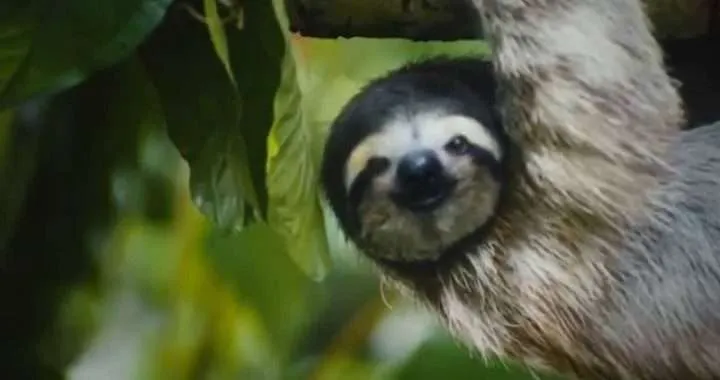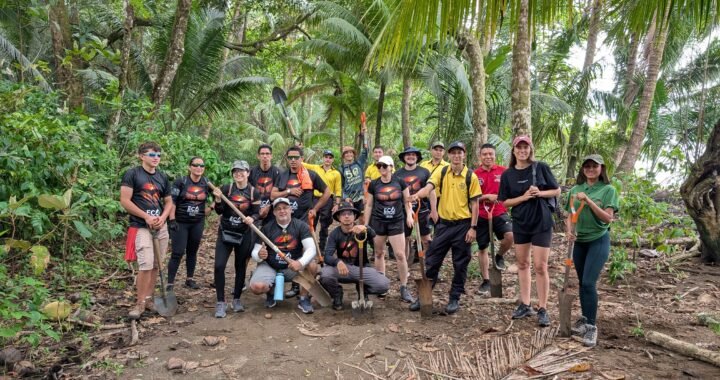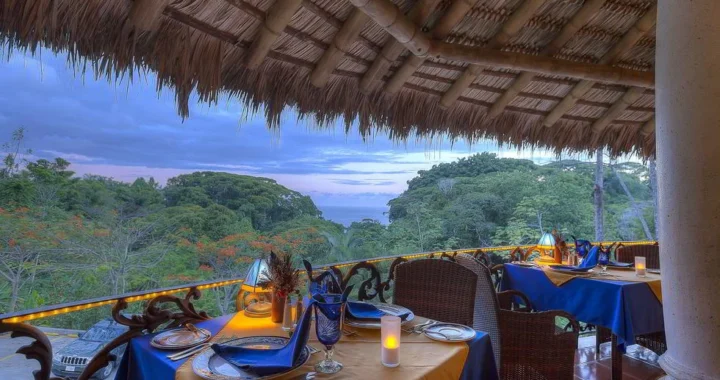Mother Nature Did It
AUTHOR: Jack Ewing
In 1983, a man named Hector Ceballos of the International Union for the Conservation of Nature (IUCN) coined the word "Ecotourism," which perfectly describes what thousands of visitors come to the Costa Ballena to do.
A few years later, in 1986, a man named Walter G. Rosen of the National Academy of Sciences coined another important word, "Biodiversity", which is increasing in the Path of the Tapir Biological Corridor but decreasing in most of the world.
Though coined by Dave Foreman in 1990, I first heard the term "Rewilding" less than a year ago, and it describes perfectly what has been happening in the Path of the Tapir for the last 35 years. The term means to make things wild again, but opinions differ on how to do it. What has happened here is unique because people didn't do our rewilding. Mother Nature did it. All we did was let it happen. We quit using land that had formerly produced cattle or crops for the exclusive consumption of humans and let Mother Nature restore it to a wild state. Now it provides sustenance for countless species of living things.

In the decade of the 1990s, when a great area of farm and ranch land was sold, most of the new owners had no desire to continue farming or raising cattle. They wanted a lovely house with a view and abstained from using most of their newly acquired property. Wildlife moved into the area immediately, and after a few years, the new owners found themselves relaxing on their porches, watching monkeys and toucans. The unused area soon reverted to wildness, beginning with what could be called a charral in Spanish and later evolving into a secondary forest which, as the years passed, came more and more to resemble a primary, or virgin, forest.
At Hacienda Barú, we did the rewilding on purpose. It all began with the advice of a professional forester who recommended that we abandon a steep hillside pasture to the whims of Mother Nature and let her do what she pleased with it. I remember him saying, "Once you quit chopping the weeds, the jungle returns vigorously." And that is exactly what happened.

First came the charral made up of sun-loving plants. Fast-growing trees such as balsa and cecropia emerged from the low-lying cover and created a favorable shade for other types of plants. Later other species of trees appeared. Nature is dynamic, and wild areas are in a constant state of change. That former pasture is now a 43-year-old secondary forest replete with a wide diversity of flora and fauna. It is probably the oldest rewilded area in the Path of the Tapir and the Costa Ballena.
I feel so fortunate to have had the privilege of experiencing first-hand the rewilding of the wonderful region where I live.
What to do, Where to eat and Where to stay…
South Pacific Costa Rica Beaches
Looking for business directories, maps or other printouts? We’ve got that too!
Dare to Discover and Enjoy…
Check out…
Need help planning your next trip to Costa Rica? We look forward to help you!
Email: carlos@ballenatales.com
Phone: +(506) 8946 7134 or +(506) 8914 1568
Skype: ballenatalestravel

Busting Myths About Costa Rica Destination, Free Costa Rica Magazine #99
We’ve recently seen misinformation circulating suggesting that Costa Rica is an expensive destination.
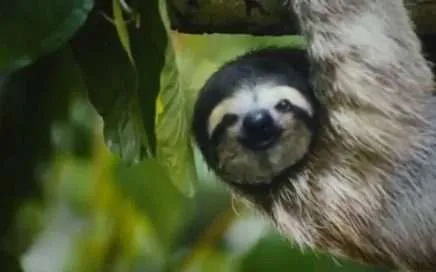
Debunking myths about Costa Rica’s South Pacific destination
There is false information circulating that suggests the South Pacific Costa Rica is an expensive destination
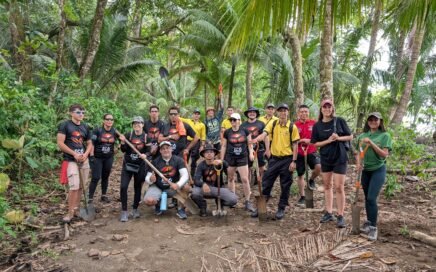
Beach Clean Up in Uvita: Community Spirit in Action at Marino Ballena National Park
Beach Clean Up in Uvita Community Spirit in Action at Marino Ballena National Park Author: Sophie Schindler
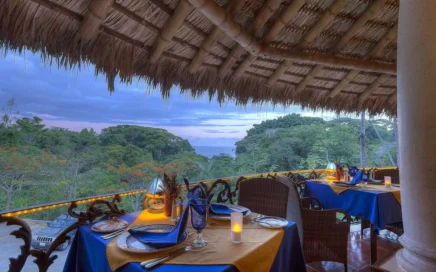
Costa Rica’s First 100% Gluten-Free Gourmet Restaurant
Costa Rica’s First 100% Gluten-Free Gourmet Restaurant La Palapa Restaurant: Indulgence Without Compromise Travelers come to Costa Rica seeking nature, adventure – and memorable dining. At Cuna del Ángel, a boutique hotel nestled in the […]

Adventure Begins Where Comfort Ends: Our Rain-Soaked Snorkeling Tour to Caño Island
What I Learned from Traveling in the Rain or Why a Plastic Cape Can Teach Humility Our Snorkeling Tour to Caño Island
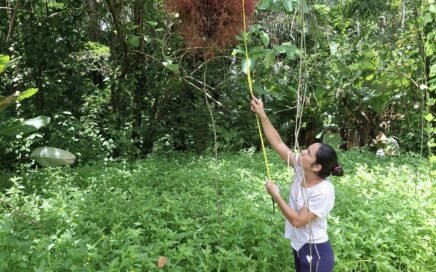
Increasing Biodiversity in the Path of the Tapir Biological Corridor
The area including the Path of the Tapir Biological Corridor in Costa Rica, is one of the few places with increasing biodiversity.
